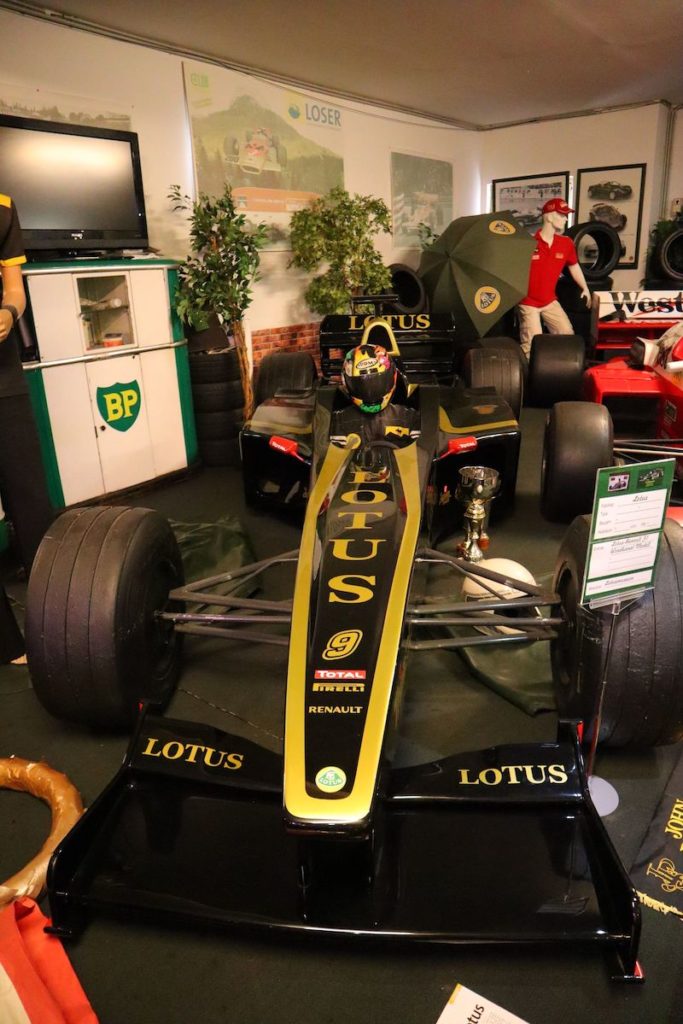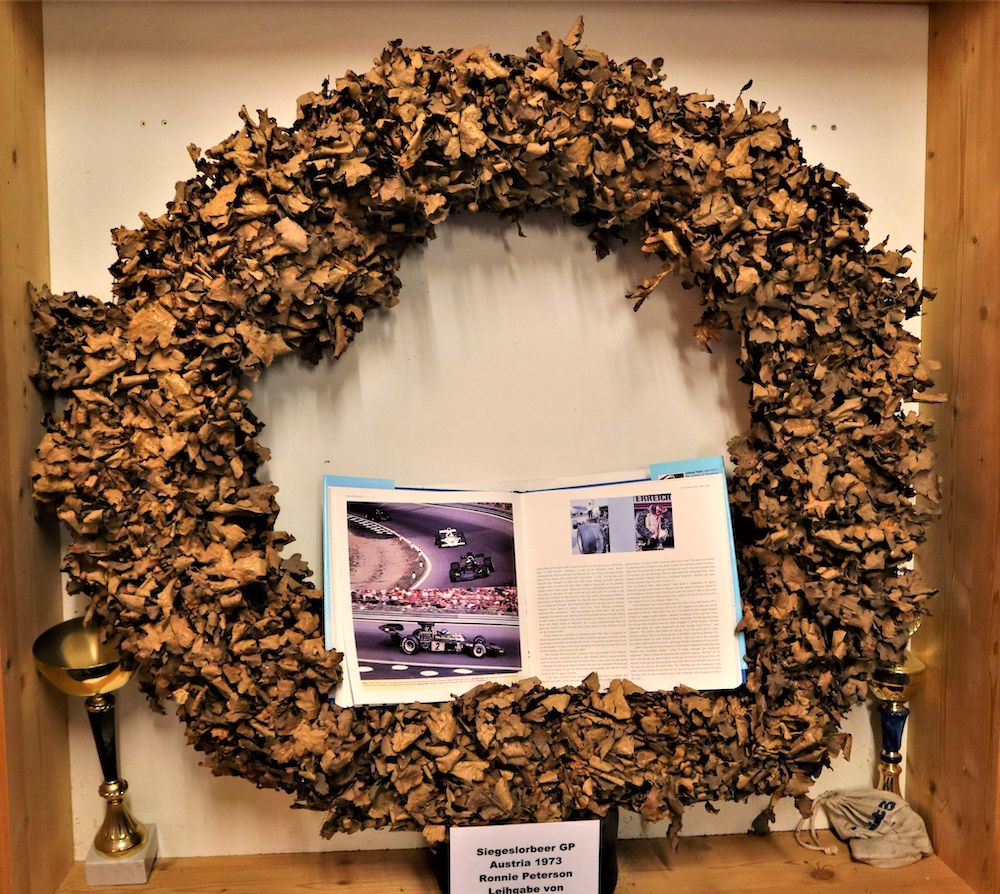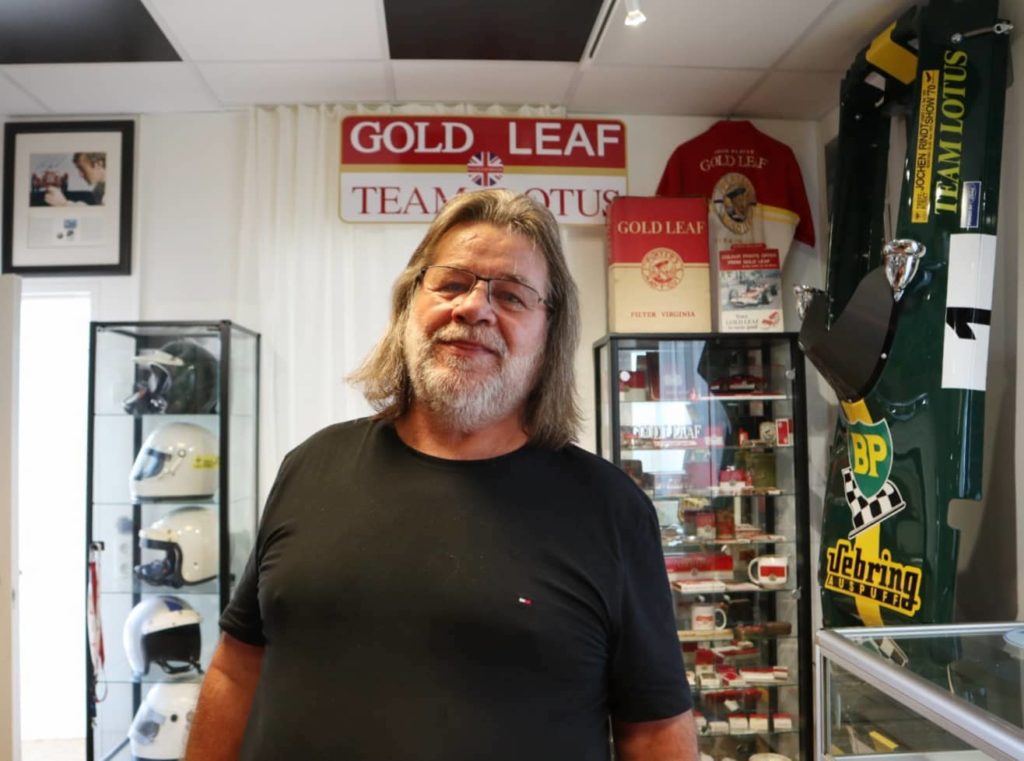
If you mention Formula 1 in Austria, the names Rindt, Lauda and Berger are much more likely to be spoken of by locals than Red Bull Racing. Jochen Rindt would have turned 80 this year. Formula 1’s only posthumous champion is still revered in his adopted homeland. Károly Méhes makes a pilgrimage to two important sites in Austria keeping his memory alive.
Images © Károly Méhes. Additional editing by Andrew Balfour.
My first stop is Grosssteinbach, an end-of-the-world village in Styria, 90 minutes’ drive to the east of the Red Bull Ring. In the last street of the town, you will find the house of Alois Schweighofer, who earns his money in the construction business but is perhaps better known as Jochen Rindt’s number one fan. Schweighofer only saw Rindt racing once, at a minor local event, before his idol was killed in tragic circumstances during qualifying for the 1970 Italian Grand Prix at Monza
Despite not contesting the last four races of the 1970 season, Rindt had done enough to be crowned Formula 1’s only posthumous champion, defeating Jacky Ickx by five points. Devastated by the loss of his hero, Schweighofer turned to collecting memorabilia in his honour. And the collection he has amassed over the past 52 years is nothing short of astonishing.
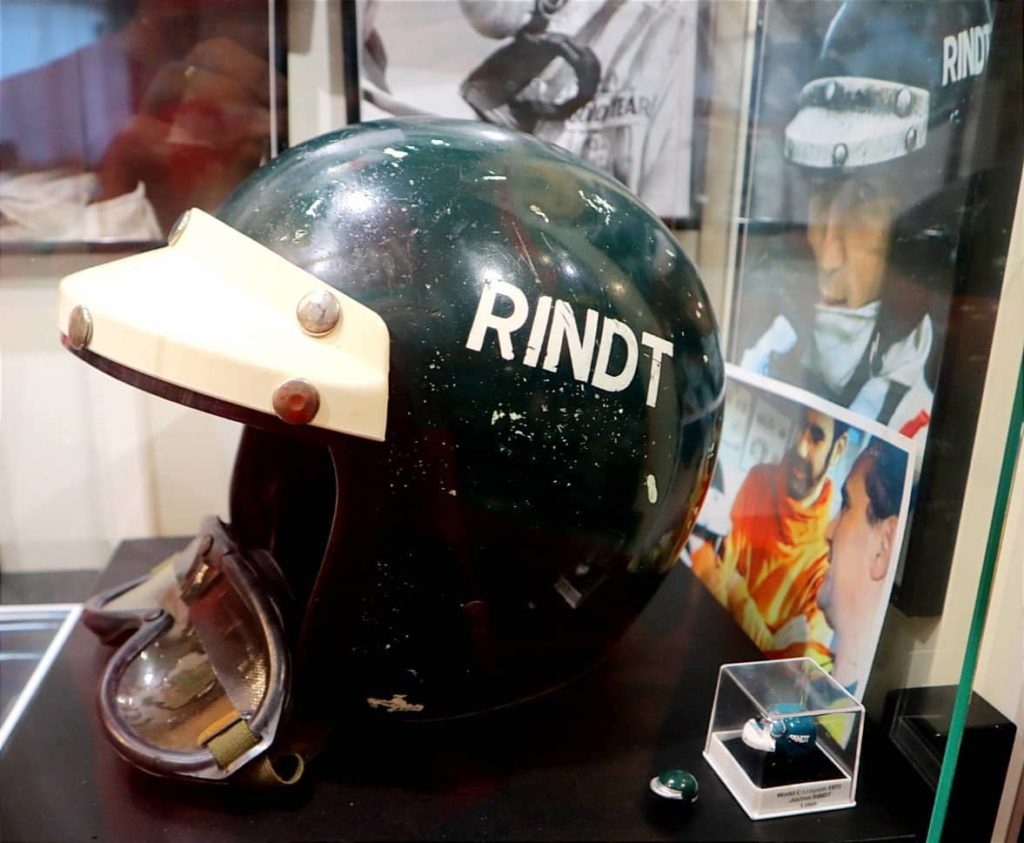

Schweighofer must have had to be very diligent with his business over the years, because his expenditure has been enormous. As he guided me through the rooms of his house and numerous outbuildings, I could see Rindt’s career and life compressed in a micro-world. For example, Schweighofer managed to buy the couch and two armchairs from the living room of the Rindt’s Swiss home. Schweighofer also has countless items of a racing nature; parts of Rindt’s race cars, original racing suits and helmets, as well as many items related to the Lotus team and their Gold Leaf sponsorship of the time.
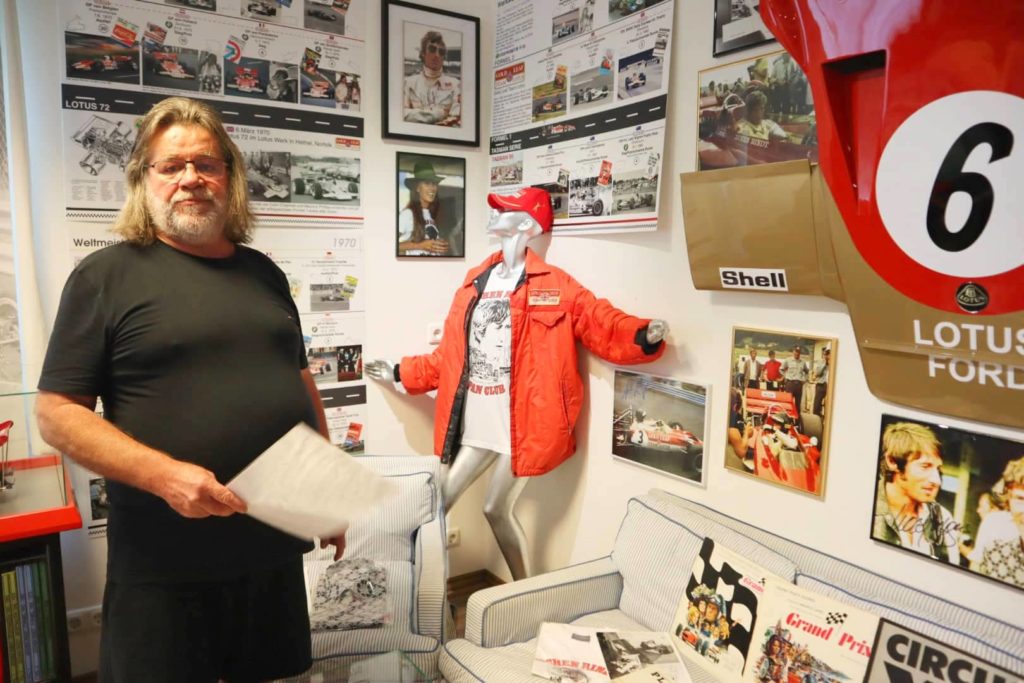
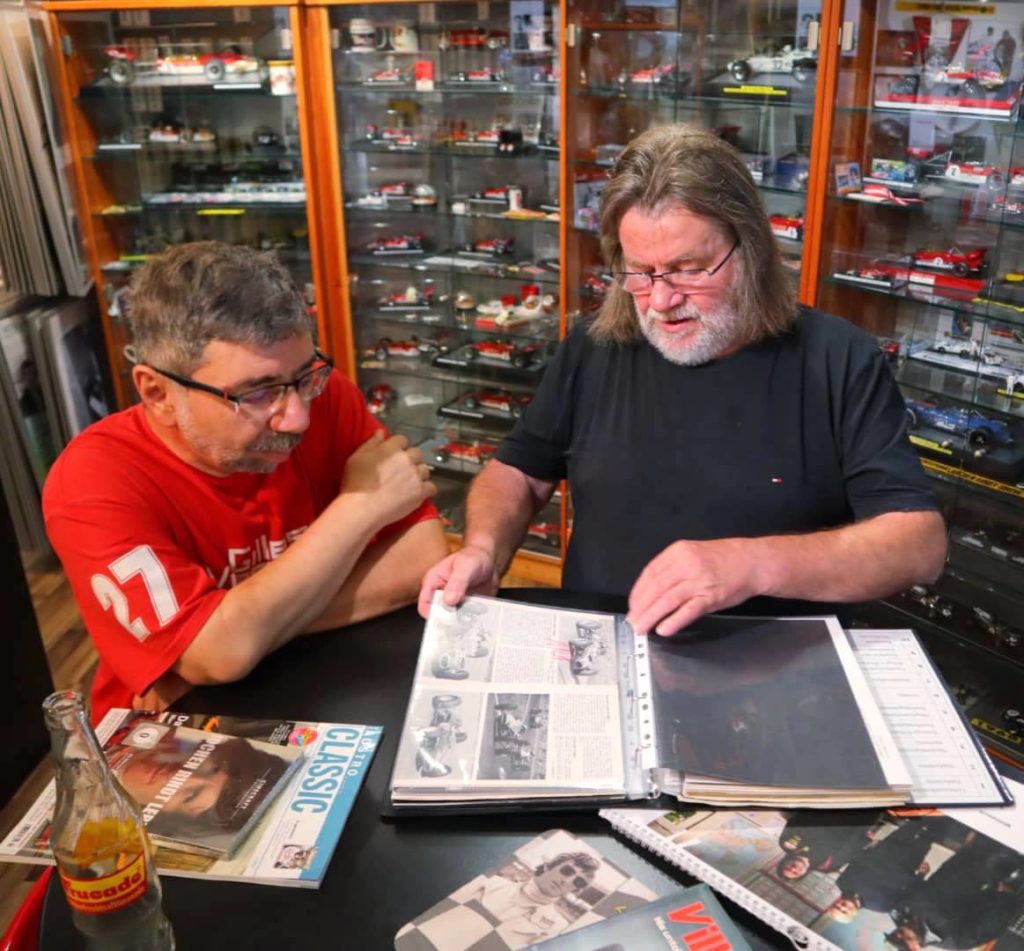
Walking through Schweighofer’s house, where dozens of other F1 relics are displayed in showcases and on the shelves, we arrived at the ‘document room’. “This is where I will show you my greatest treasures,” Schweighofer told me in a serious voice. He began to pull out folders full of original Rindt documents. Rindt’s high school certificates, his first driving licence and the ownership documents for a set of golden cufflinks, which cost 3000 Schillings in 1966. Of course, Schweighofer also owns the golden cufflinks, which take pride of place in one of his many showcases. The document collection contains around 120 examples of Rindt’s signature. A quick internet search turns up examples of his signature retailing for at least €400-500! As Schweighofer says, “Jochen Rindt is living!” And in this little world, it’s hard to deny. Touring Schweighofer’s home, I was transformed back to the roaring world of Formula 1 in the 1960s, and the spirit of Rindt’s legend is alive and well.
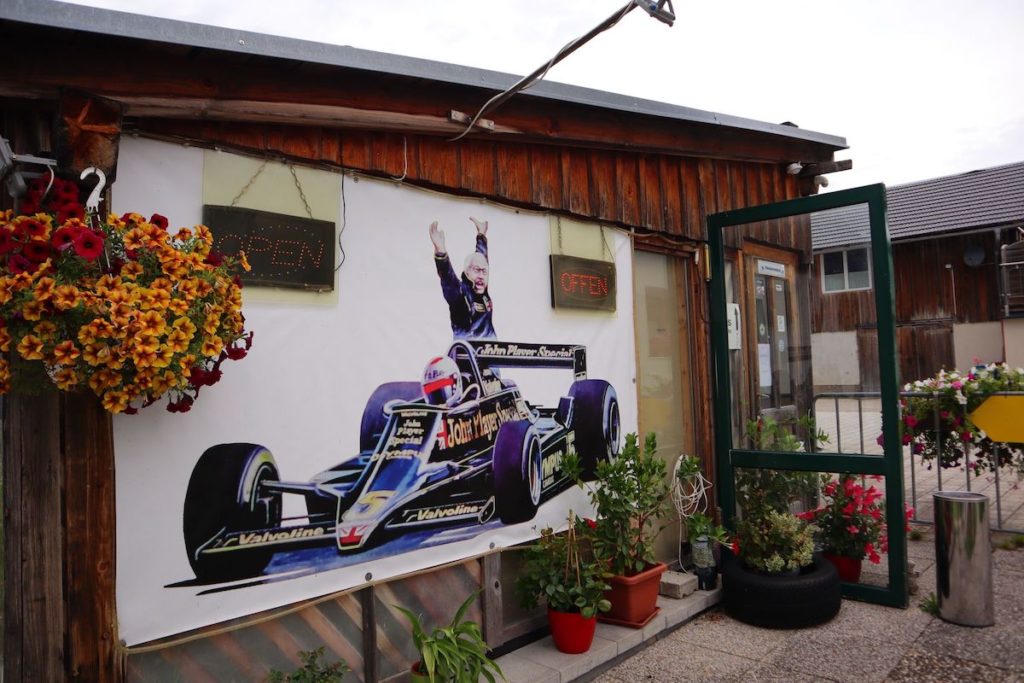
Visiting the Lotus Museum in Bad Aussee
My next stop was 200km to the north west in Bad Aussee, where you’ll find the Lotus Museum. The museum may be dedicated to the legendary and much missed British marque, but it’s also a shrine to Jochen Rindt. You may not have heard of Bad Aussee, but it’s no coincidence that it was here in the town’s high school that Jochen Rindt and Helmut Marko met in the 1950s, forming a close friendship. Today, the calm mountain village is a popular tourist attraction in both winter and summer, but many also come to visit the Lotus Museum.
Colin Chapman’s team was very much an English outfit, producing World Champions like Jim Clark and Graham Hill, but in Austria there’s only one Lotus driver: Jochen Rindt. The museum was established in 1989 and today is run by Josef Loitzl and Club Lotus Austria. It is by no means the fanciest motorsport museum I’ve ever visited, but you can really feel the passion that’s gone into its creation. Far removed from the sterile atmosphere of many motorsport museums, it’s more like visiting the Lotus motorhome during the team’s heyday in the 1970s. For motorsport fans of a certain age, it’s the perfect place, in other words.
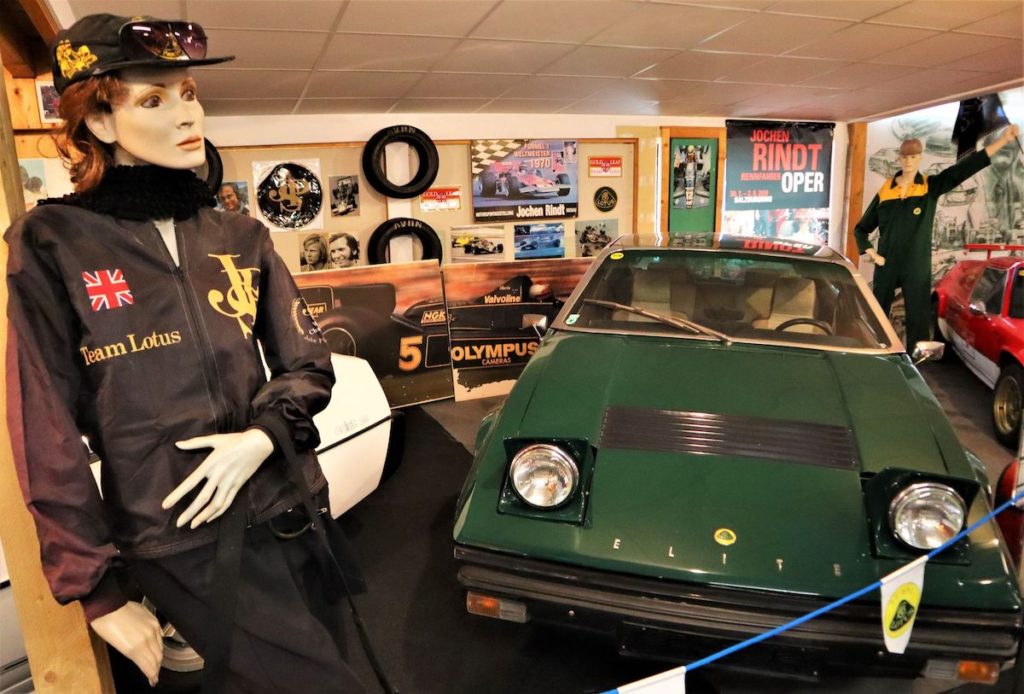
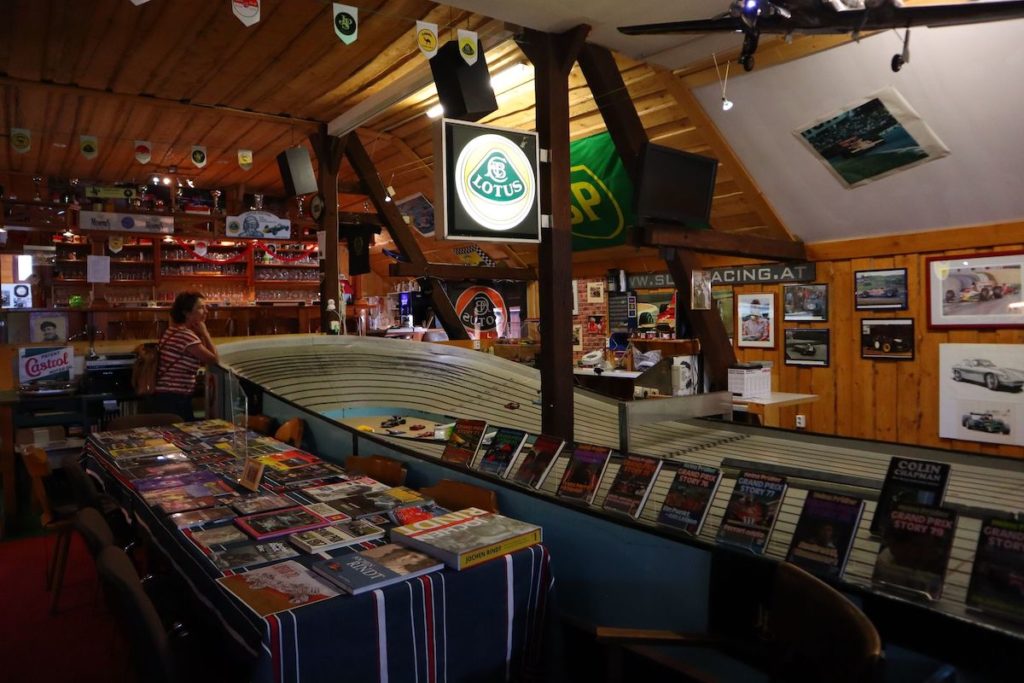
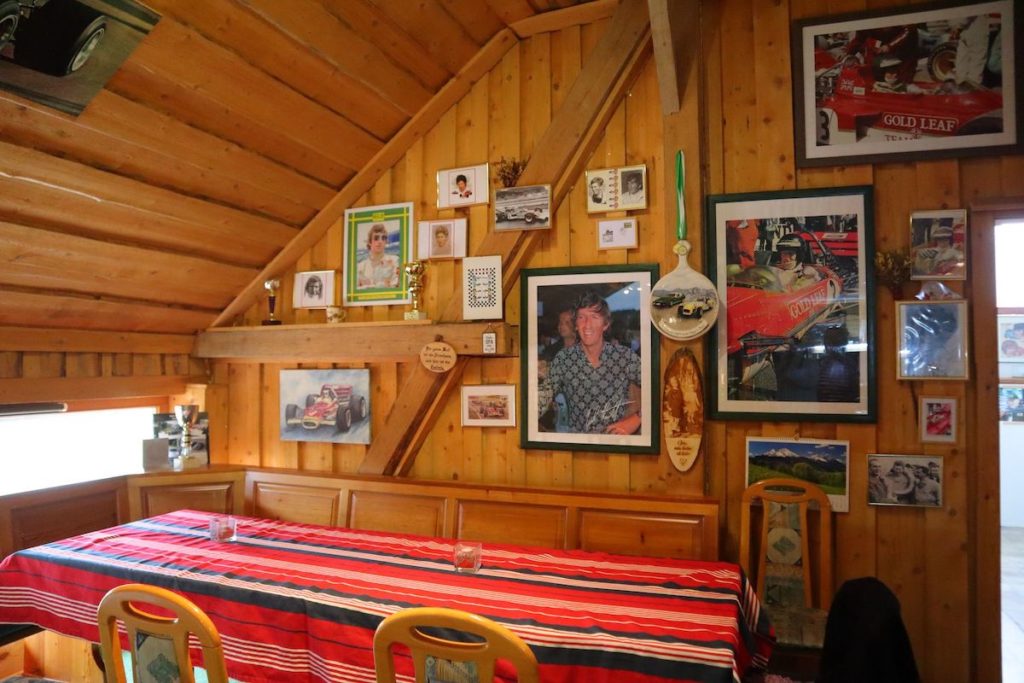
You’ll find plenty of racing cars from the past, of course. But there are other curiosities, like a 68-metre long model circuit from the late 1960s, which was even used by Jochen Rindt himself back in the day. One of the museum’s most precious exhibits is the original laurel wreath awarded to Ronnie Peterson at the 1973 Austrian Grand Prix, staged on the original Österreichring. Almost 50 years later it’s turned brown and completely dried out but is still recognizable alongside a photo of the top three drivers on the podium that day.
Other notable exhibits include a Zakspeed F1 car, Nigel Mansell replica helmet and original steering wheel from 1981. Interesting items like this make the museum well worth a few hours of your time. And when you finish your visit, you can step outside and see the surrounding mountains where a young Jochen Rindt use to go skiing, riding the skies towards immortality.
